When you think about your vehicle’s drivetrain, you might focus on the engine, transmission, or differential, but there’s another crucial component that often goes unnoticed—the U-joint (Universal Joint). Despite their small size, U-joints play a critical role in ensuring your vehicle's drivetrain operates smoothly. Often referred to as the "backbone" of the drive shaft, U-joints enable the transfer of rotational power between different parts of the drivetrain, particularly between the transmission and the wheels. Let’s explore how U-joints function, why they’re so important, and how to maintain or replace them to keep your vehicle running at its best.
What is a U-Joint?
A U-joint, short for "universal joint," is a flexible mechanical component that connects two rotating shafts. It allows the shafts to rotate at different angles relative to each other while transmitting torque. The U-joint is found in many applications, but it’s especially crucial in vehicles, where it is an integral part of the drive shaft assembly.
The typical U-joint consists of a cross-shaped component with four bearings (also called needle bearings). These bearings sit in a yoke and allow the joint to pivot freely. The key function of the U-joint is to allow rotation while maintaining the angle between the input and output shafts, ensuring that power is transferred smoothly across the drivetrain, even when there’s a misalignment.
The Role of U-Joints in Vehicle Drivetrains
In a vehicle’s drivetrain, the U-joint acts as the flexible connector between the driveshaft and other key components, such as the transmission or the differential. Specifically, it allows the angle of rotation to change as the suspension moves. Here’s a more detailed breakdown of its function:
Power Transmission: The U-joint transmits rotational force (torque) from the transmission to the driveshaft and then from the driveshaft to the differential. This allows the wheels to turn.
Angle Accommodation: As a vehicle drives, especially when it turns or travels over uneven terrain, the angle of the driveshaft changes. The U-joint compensates for this by allowing the shaft to rotate at varying angles without losing rotational power or creating excessive vibration.
Absorbing Suspension Movements: The suspension system is designed to move up and down to absorb shocks from the road. U-joints accommodate these movements while ensuring that the driveshaft continues to rotate efficiently, even when the angles change.
Reducing Stress on Other Components: By distributing rotational forces, U-joints help reduce the strain on the transmission, differential, and other drivetrain components, ensuring a more balanced and smoother operation.
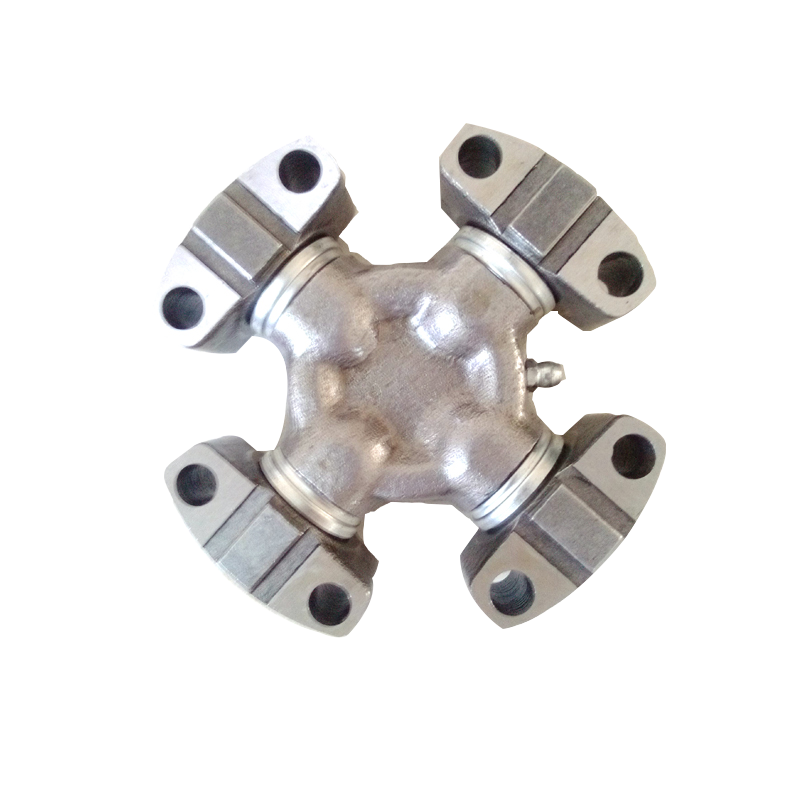
Why U-Joints are Essential for Vehicle Performance
U-joints are integral to the proper functioning of the drivetrain. Without them, the vehicle would experience significant mechanical issues. Here’s why they’re so vital:
Smoother Drive: U-joints allow the driveshaft to rotate without excessive vibration, which is essential for a smooth and comfortable ride. Without a properly functioning U-joint, the vehicle could experience shaking or jerking, particularly at higher speeds.
Prevention of Torque Loss: U-joints maintain the angle between the rotating shafts, preventing torque loss. This ensures the engine’s power is effectively transferred to the wheels, providing reliable acceleration and speed.
Reduced Wear and Tear: U-joints help distribute stress across the drivetrain, minimizing the risk of excessive wear or damage to the transmission or differential. This not only improves vehicle performance but also extends the lifespan of other components.
Signs of Worn or Damaged U-Joints
While U-joints are built to last, they are still subject to wear and tear over time. If a U-joint becomes damaged or worn out, it can lead to a variety of performance issues. Here are some common signs of a failing U-joint:
Clunking or Clicking Noises: One of the most obvious signs of a worn U-joint is a noticeable clicking or clunking sound coming from the drivetrain, particularly when the vehicle accelerates or decelerates.
Vibrations: A bad U-joint may cause vibrations that are felt throughout the vehicle, especially when driving at higher speeds. These vibrations can worsen as the U-joint deteriorates.
Difficulty Turning: If the U-joint is severely damaged, it can affect the ability of the vehicle to turn smoothly, often resulting in difficulty during sharp turns or while maneuvering.
Play in the Driveshaft: If you notice excessive play or movement in the driveshaft when the vehicle is in park or neutral, the U-joint may be worn or damaged.
Unusual Noises During Turns: A U-joint that’s on its way out can make a squeaking or grinding noise when the vehicle is turning. This happens because the U-joint can no longer maintain a smooth angle, leading to friction.
Maintaining U-Joints: Importance and Tips
Regular maintenance of U-joints is key to ensuring their longevity and preventing failure. Here’s how to maintain U-joints properly:
Lubrication: U-joints have needle bearings that rely on proper lubrication to function efficiently. Over time, grease can break down or get pushed out, leading to increased wear. Regularly greasing the U-joints will help maintain their performance and extend their life. In most cases, vehicles with U-joints have grease fittings, allowing for easy re-lubrication.
Inspection: Regularly inspect the U-joints during routine vehicle maintenance. Look for any signs of rust, corrosion, or wear on the bearings. Check for any unusual movement in the driveshaft when manually manipulating it.
Avoid Overloading: Be mindful of the load you place on the vehicle. Excessive towing or driving over rough terrain can put extra strain on the U-joints, leading to faster wear.
Environmental Factors: U-joints are especially vulnerable to rust and corrosion. If you live in an area with harsh winters and salted roads, be extra diligent in maintaining your U-joints.
Replacing U-Joints: When and How to Do It
While U-joints are durable, they will eventually need replacement due to regular wear. Here’s how to go about it:
When to Replace U-Joints:
If you hear abnormal sounds like clunking, clicking, or squeaking, it's time to inspect the U-joints.
If the driveshaft exhibits play or excessive movement, replace the U-joint immediately.
If the vehicle starts vibrating or having trouble turning, it's a clear sign that the U-joint may need replacing.
Step-by-Step Guide to Replacing U-Joints:
Lift the Vehicle: Use a jack to lift the vehicle securely and support it with jack stands.
Remove the Driveshaft: Disconnect the driveshaft from the differential and the transmission.
Remove the U-Joint: Use a U-joint press or hammer to remove the old U-joint from the yokes.
Install the New U-Joint: Position the new U-joint in place and press it into the yoke using the press.
Reassemble the Driveshaft: Reinstall the driveshaft, ensuring the U-joint is properly aligned and torqued to spec.
If you’re not comfortable replacing the U-joint yourself, it’s best to take your vehicle to a professional mechanic, as improper installation can lead to further issues.
Conclusion
The U-joint may not be the most glamorous component in a vehicle, but its role in the drivetrain is indispensable. From transmitting power to the wheels to accommodating suspension movements and reducing vibrations, U-joints are critical for smooth vehicle operation. Regular maintenance, timely inspections, and appropriate lubrication can extend the life of your U-joints, while knowing the signs of failure will allow you to catch issues early. Ultimately, understanding and caring for your U-joints ensures that your vehicle’s drivetrain remains reliable, safe, and efficient.

 English
English Español
Español 中文简体
中文简体


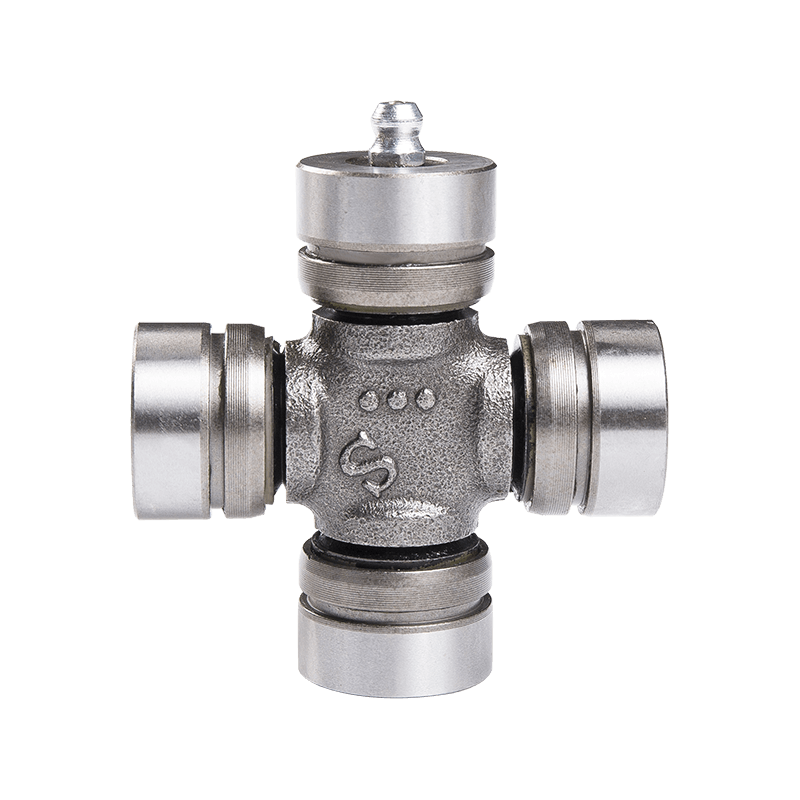
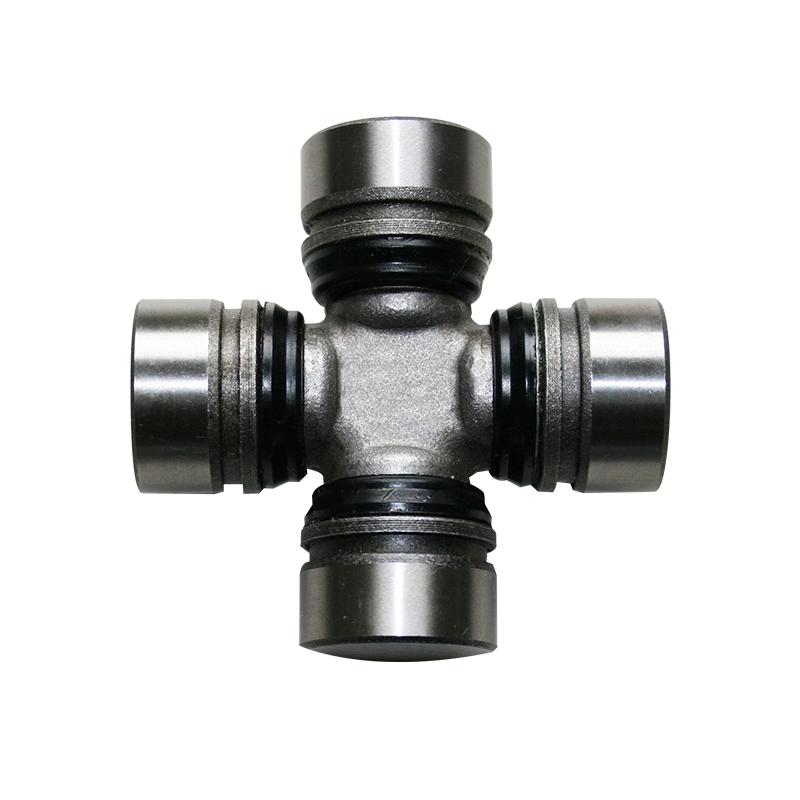
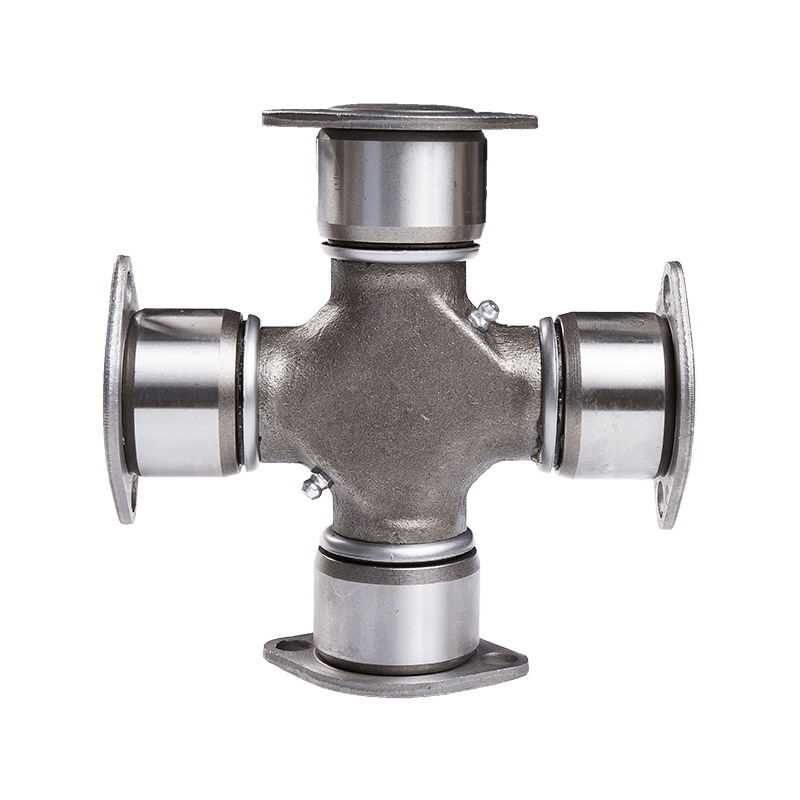

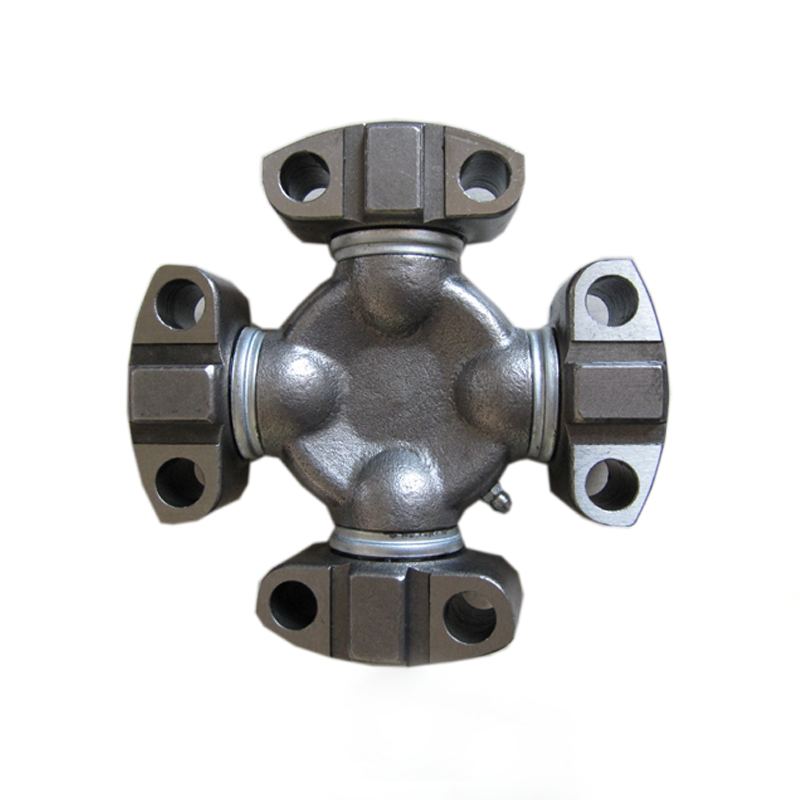

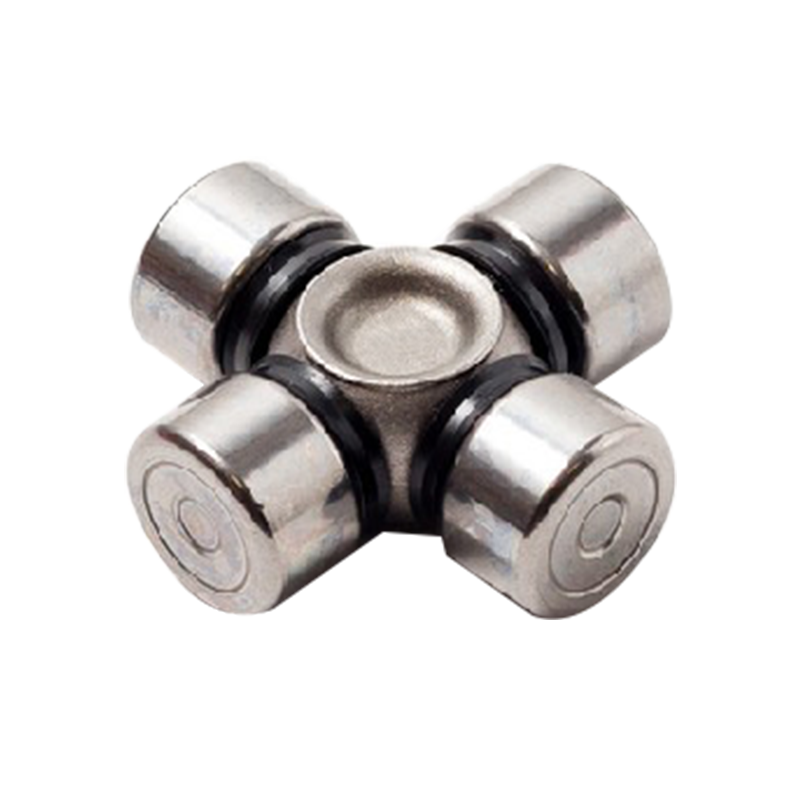
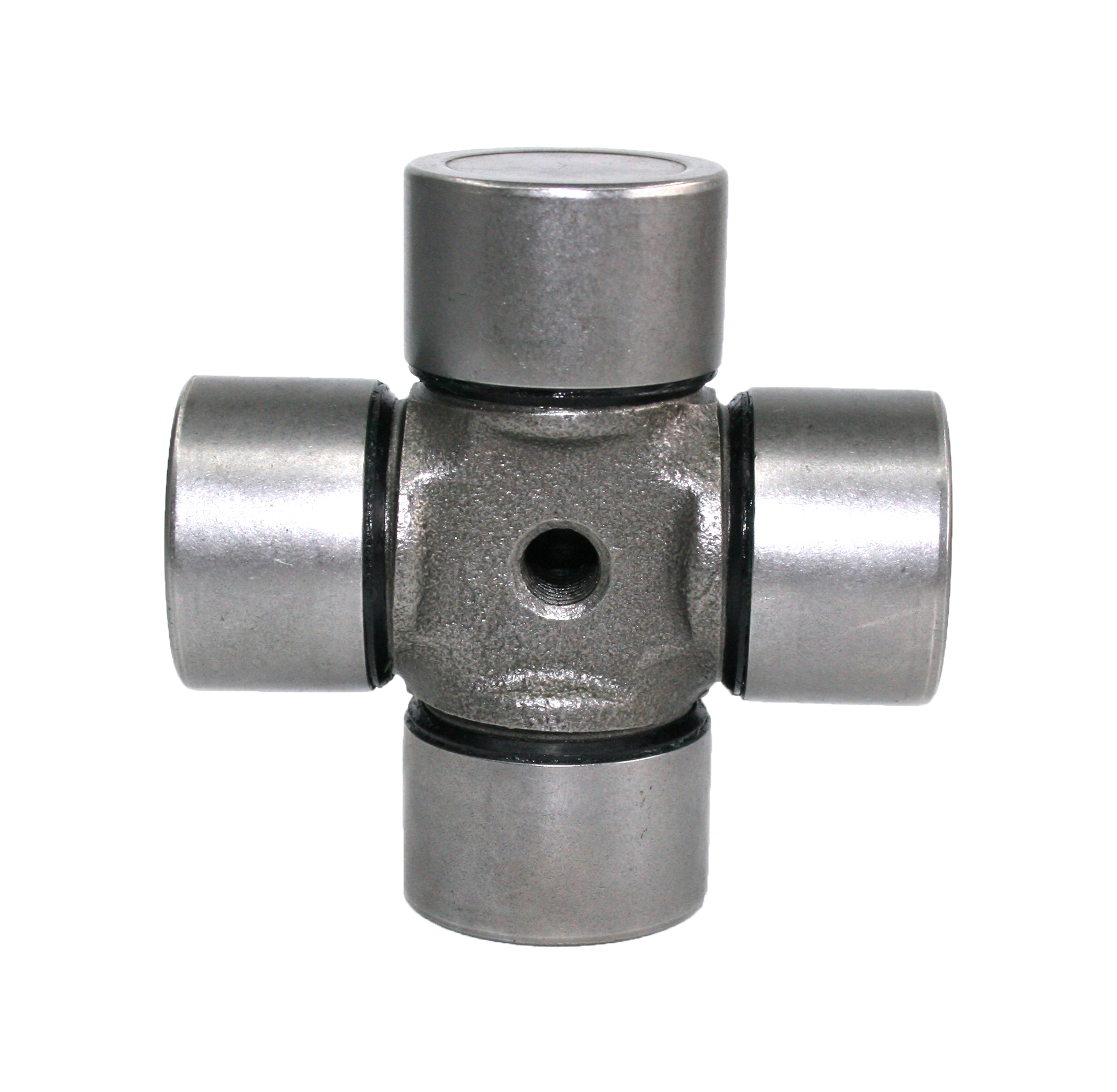
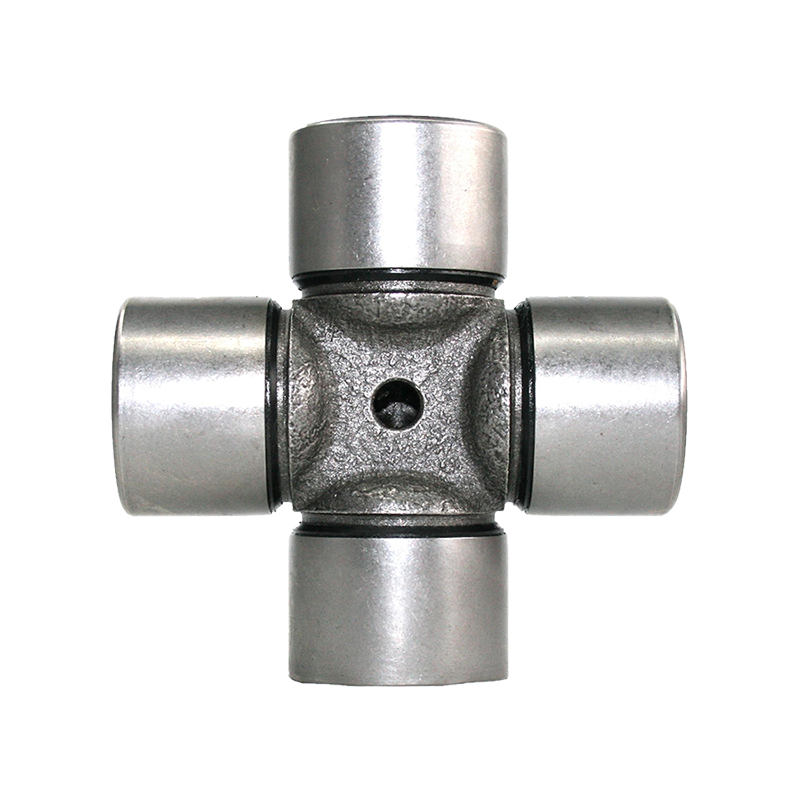
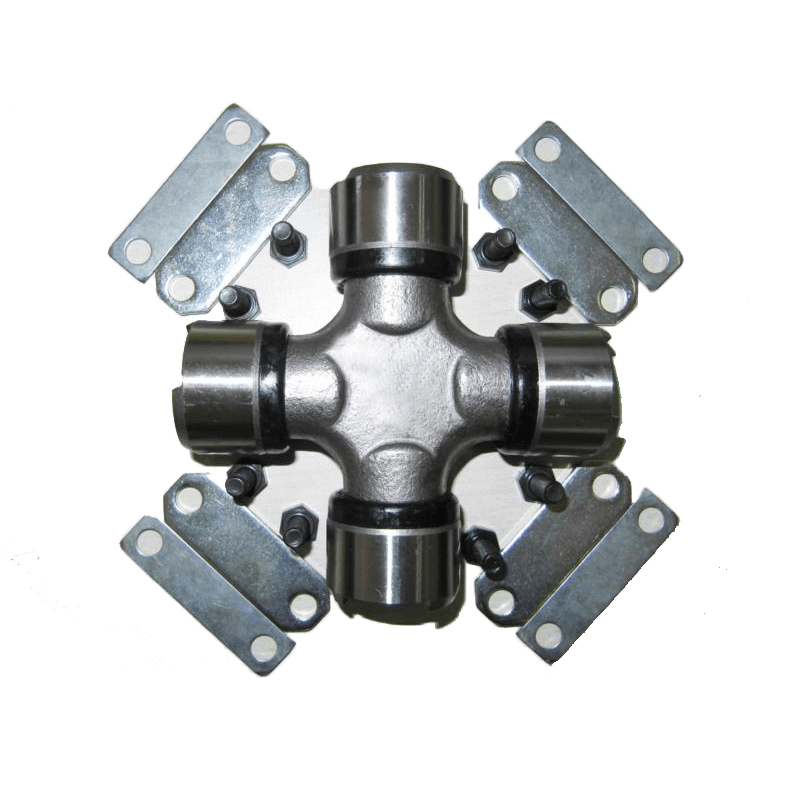
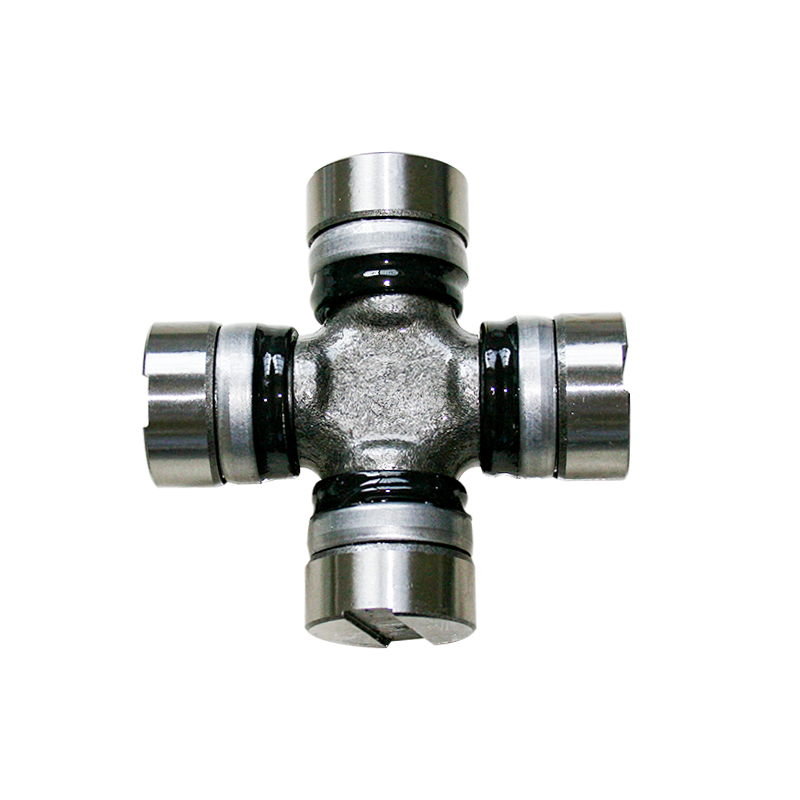




Contact Us